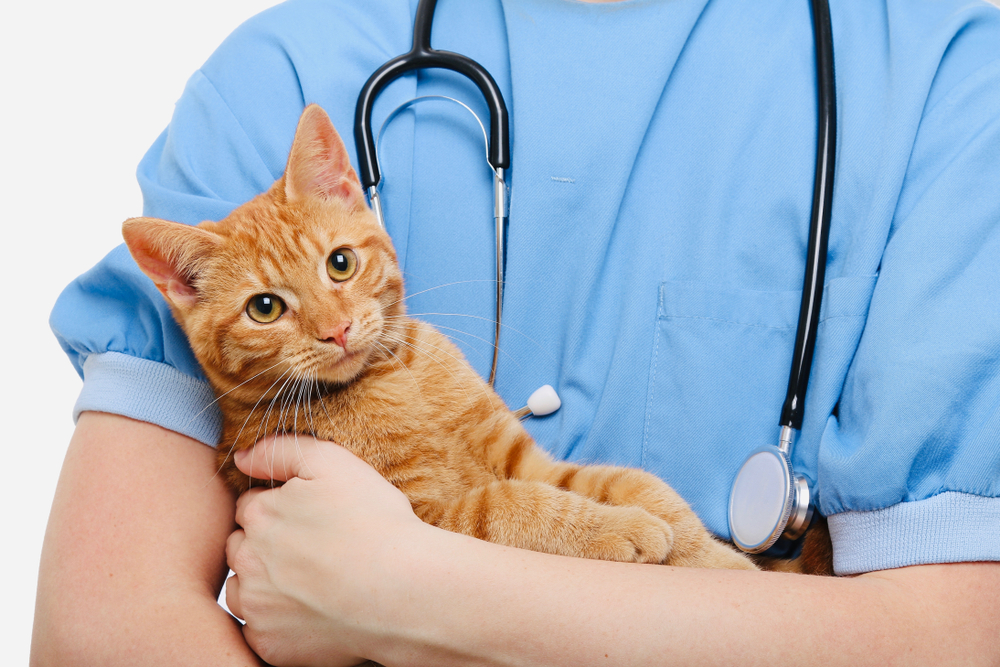
Preparation for emergencies can mean the difference between life and death for pets. You cannot prevent every situation. Know how to handle urgent ones. Performing first-aid on your pet before dashing it to the vet could save its life. Here is some advice on how to navigate these circumstances.
The first thing to always remember is to calm down. It is natural to feel under stress, but panicking will affect your rational thinking. Clarity will help you think fast as you perform first-aid.
Have First-aid Supplies on Hand
Start by putting together a first-aid kit and knowing what to do if there is an emergency. Every pet owner should have a first-aid kit. Put together a smaller kit if you are traveling with your pet. Your kit should contain:
Bandages or clean strips of cloth.
Gauze.
Activated charcoal.
Muzzle.
Blunt-ended scissors.
Tweezers.
Rubber gloves.
Antibiotic spray or ointment.
Hydrogen peroxide.
Self-adhesive tape.
Emergency veterinarian contact information.
Putting these things together beforehand will ensure you are ready. Otherwise, you may have to frantically search for them at the last minute during a high-stress situation.
Assess the Situation
In any circumstance, start by assessing the situation. It will inform your next step and how you should react. It is also crucial to your safety.
Calmly observe what the problem is without startling your pet. Check for visible signs and note them. Check their surroundings for anything that could be the cause of the injury. If there is bleeding, you need to stop it. Remember that confusion will only delay the help your pet needs.
Administer CPR
Do this only if necessary. Place the animal on its right side as their hearts are usually on the left. Slightly tilt their head upward. Start with five breaths and 15 compressions. Switch to two breaths and ensure you breathe just enough air to see their chest rise. Whatever happens after five minutes. Dash your animal to the vet.
Safely Handle Your Animal
An injured pet can lash out and act aggressively. Pain causes them to react in unexpected ways. Even if your pet is usually calm, approach the situation with caution. Avoid hugging your pet and keep it from your face. You may wish to comfort it but only add to its pain. Muzzle your pet if it is not vomiting. It can lower the risk of it injuring you.
Restrain cats and small pets by wrapping them in a blanket. However, avoid covering their faces and wrapping them too tightly. Use a pet carrier or box when transporting it to the vet.
First-aid in Different Situations
You may need to apply different techniques in varied situations. Here are some of the things you can do.
Poisoning
Avoid resuscitation if you suspect consumption of poison. It could also put you in danger. Pick any evidence you may find and dash the animal to the vet.
Broken Bones
Use a makeshift splint. Use bubble wrap, toilet roll tubes, branches, and tape to secure it. A boot cover can act as a stretcher.
Choking
Restrain the animal but avoid muzzling it. Open the mouth, and if possible, clear the airway using large tweezers. Avoid putting your hand in their mouth—they may bite you! Where it’s not possible, dash to the vet.
These are some of the situations you may encounter. Learn more ways of handling first-aid effectively in different situations.
For more information on first-aid for pets, visit Dr. Mike's Affordable Vet Care at our Arlington, Texas office. Call (817) 663-8160 to schedule an appointment today.









